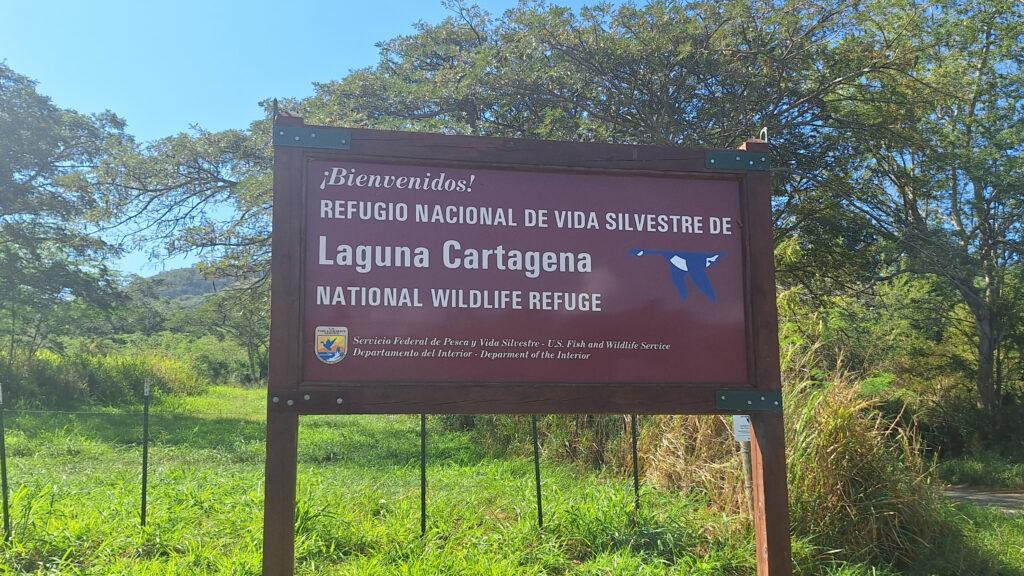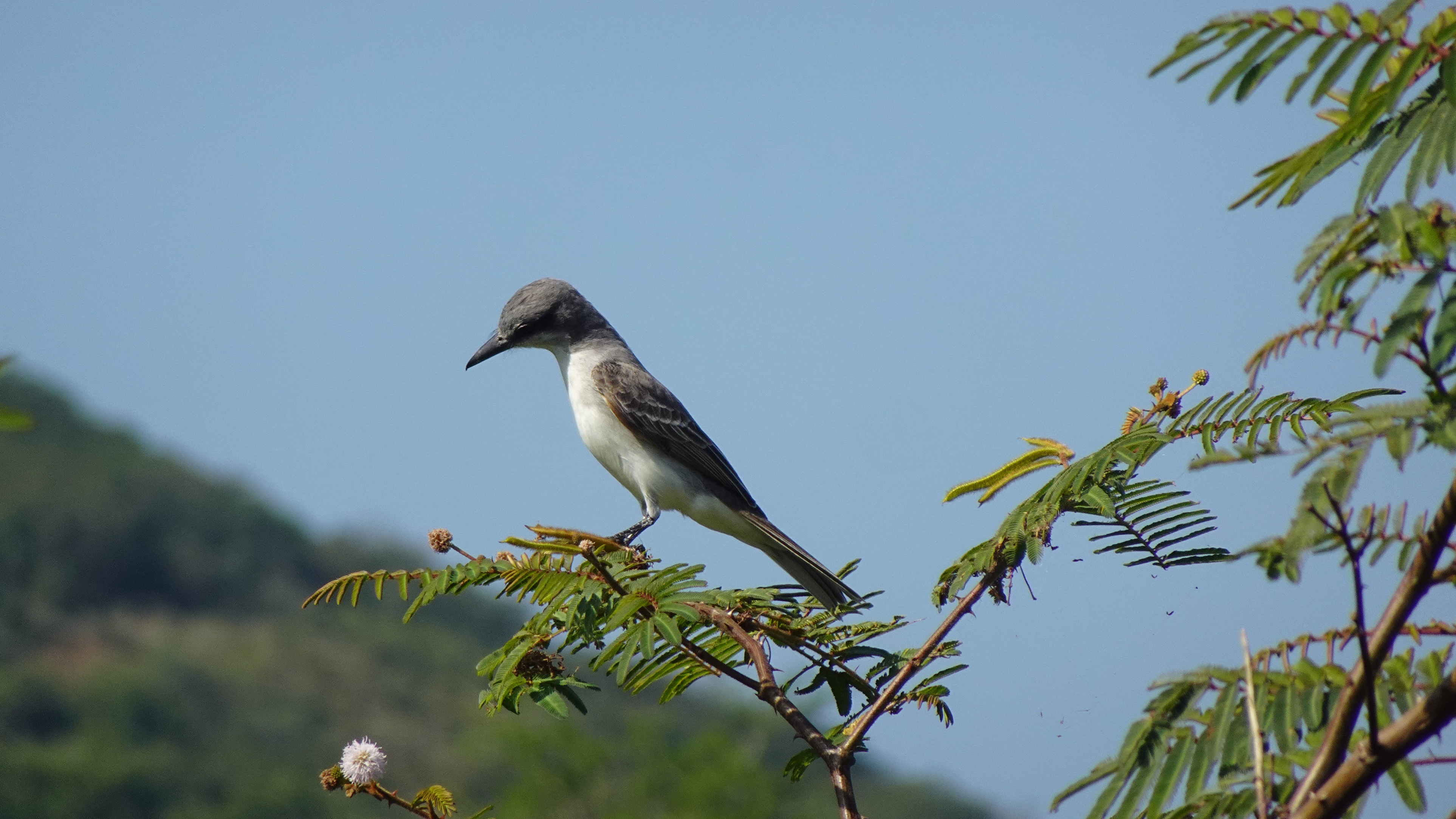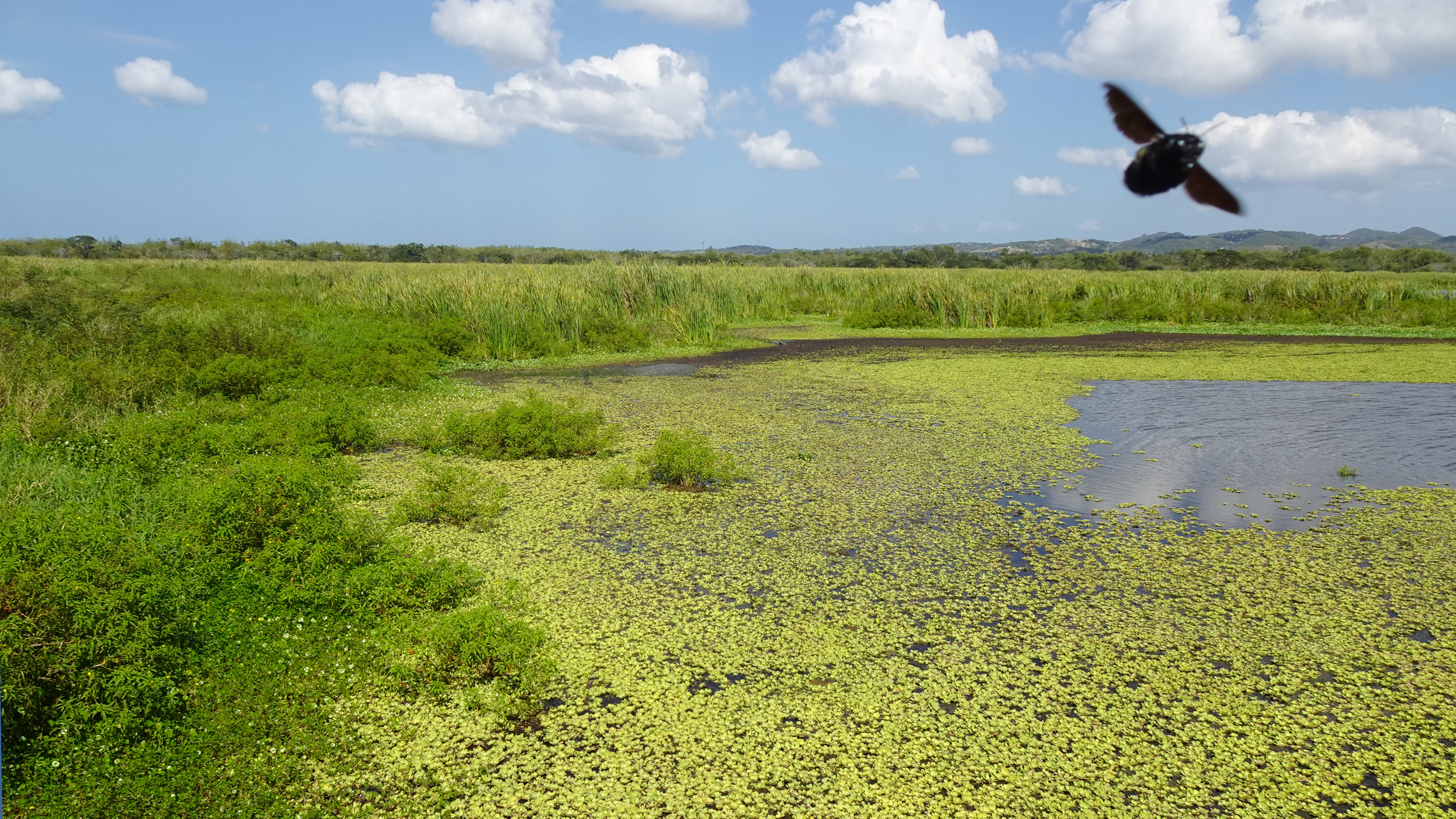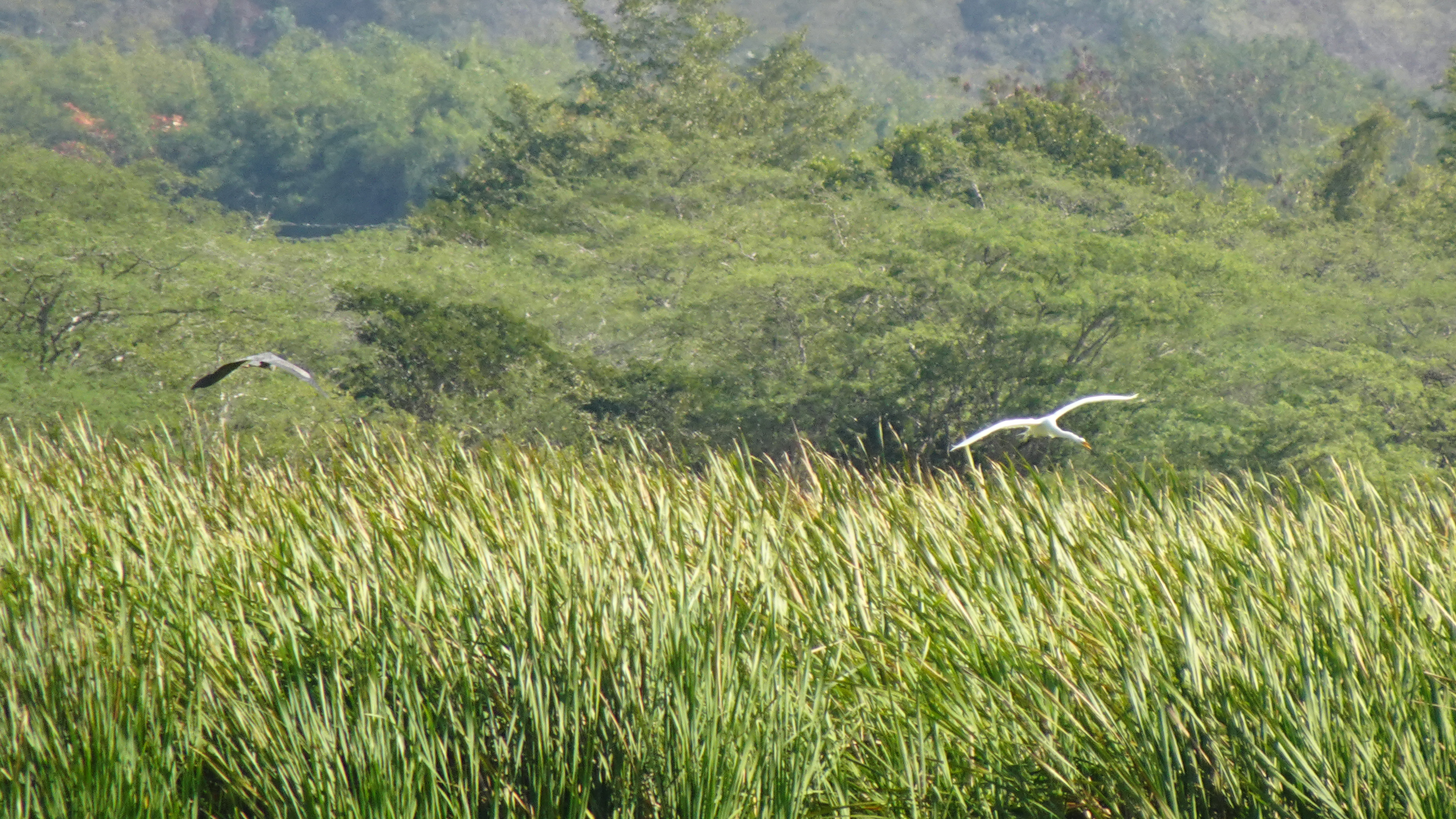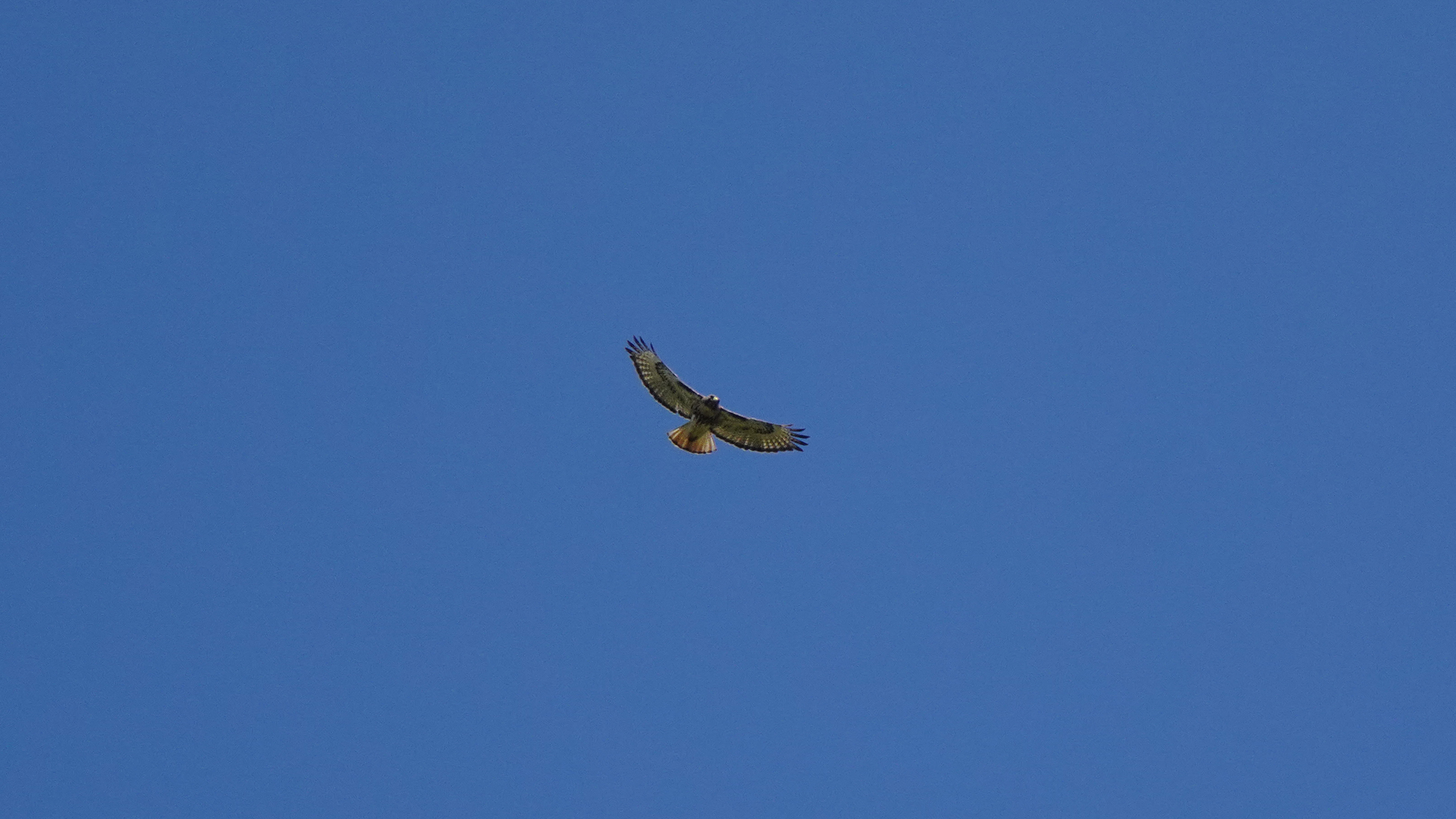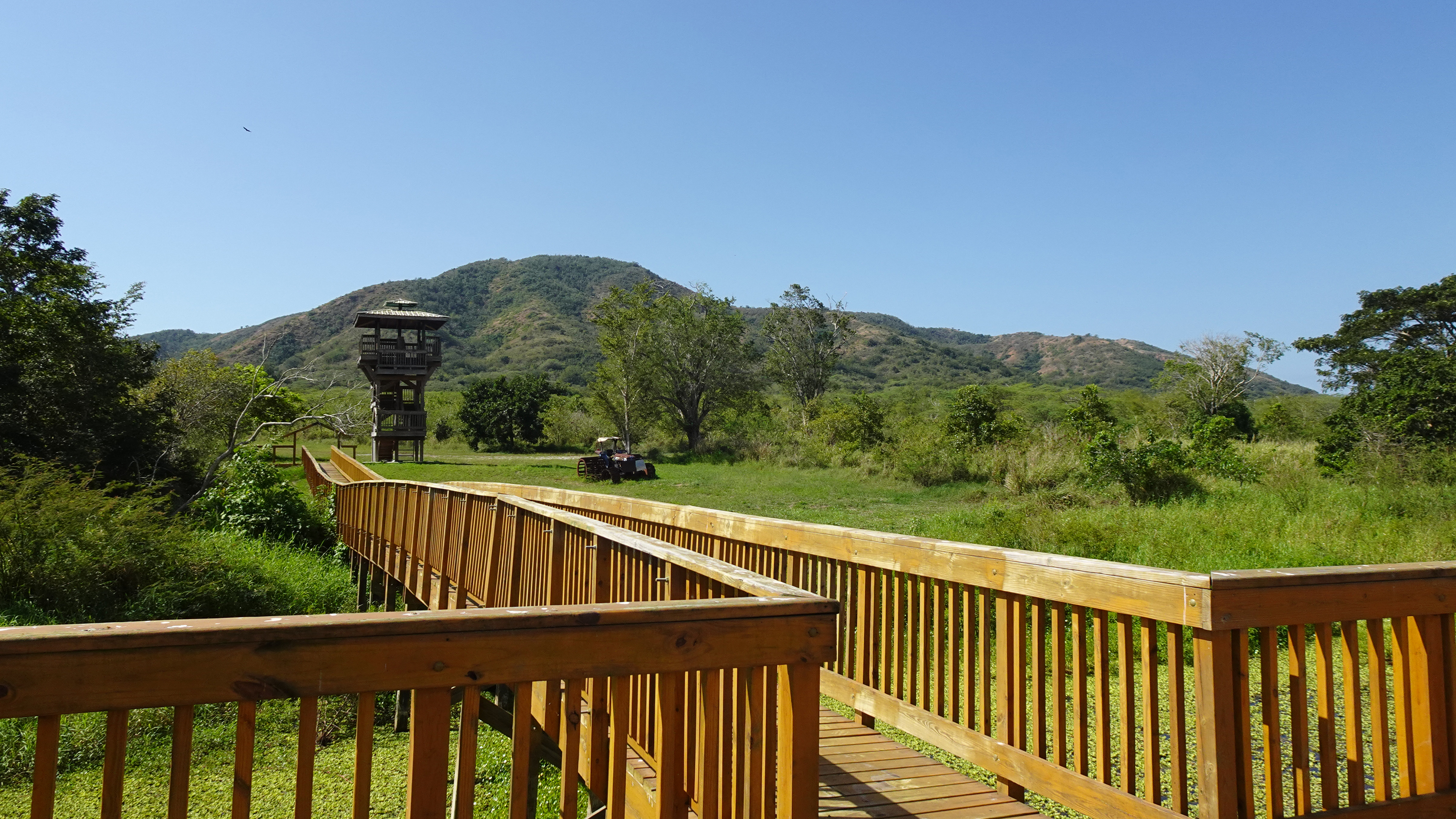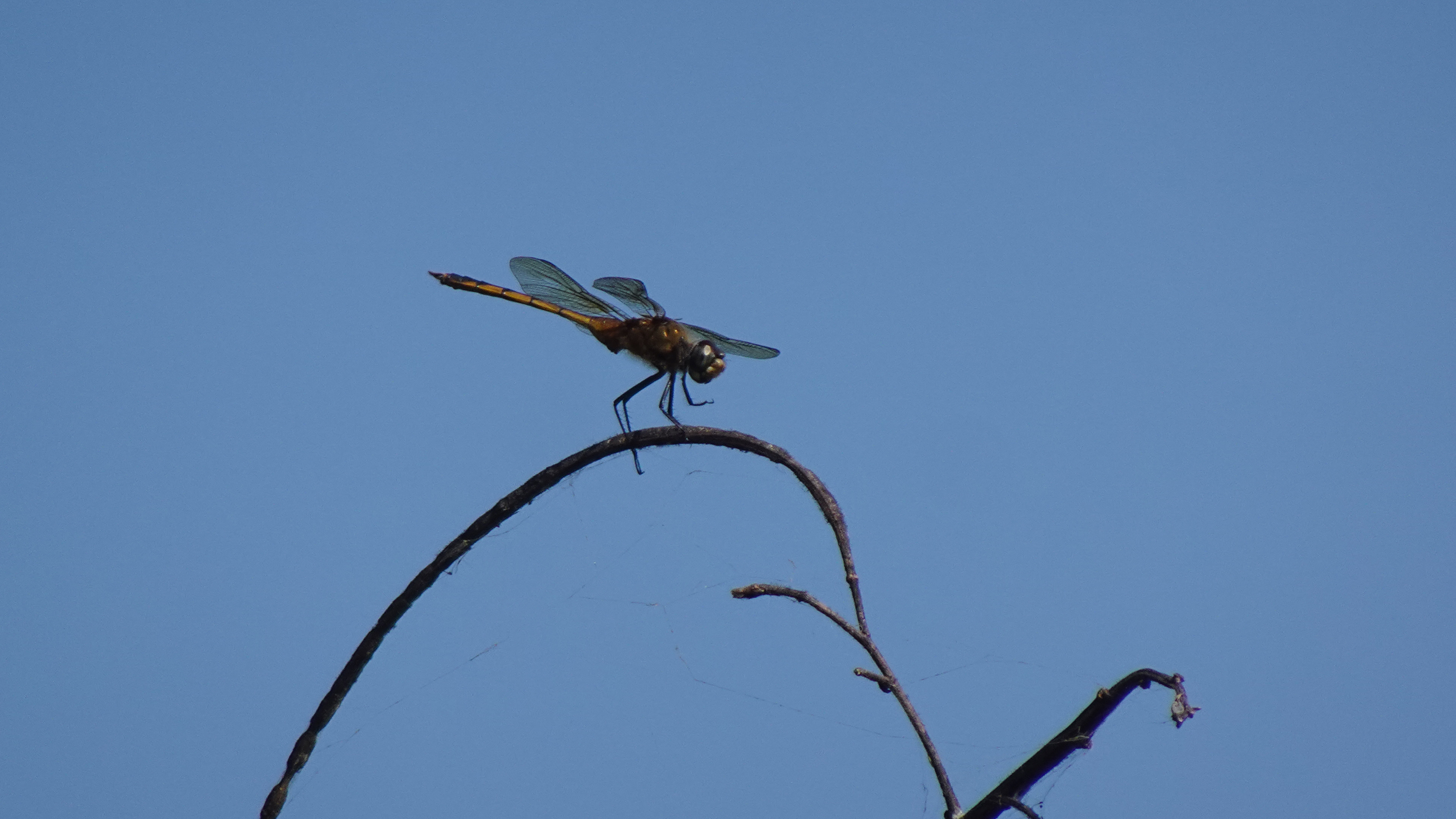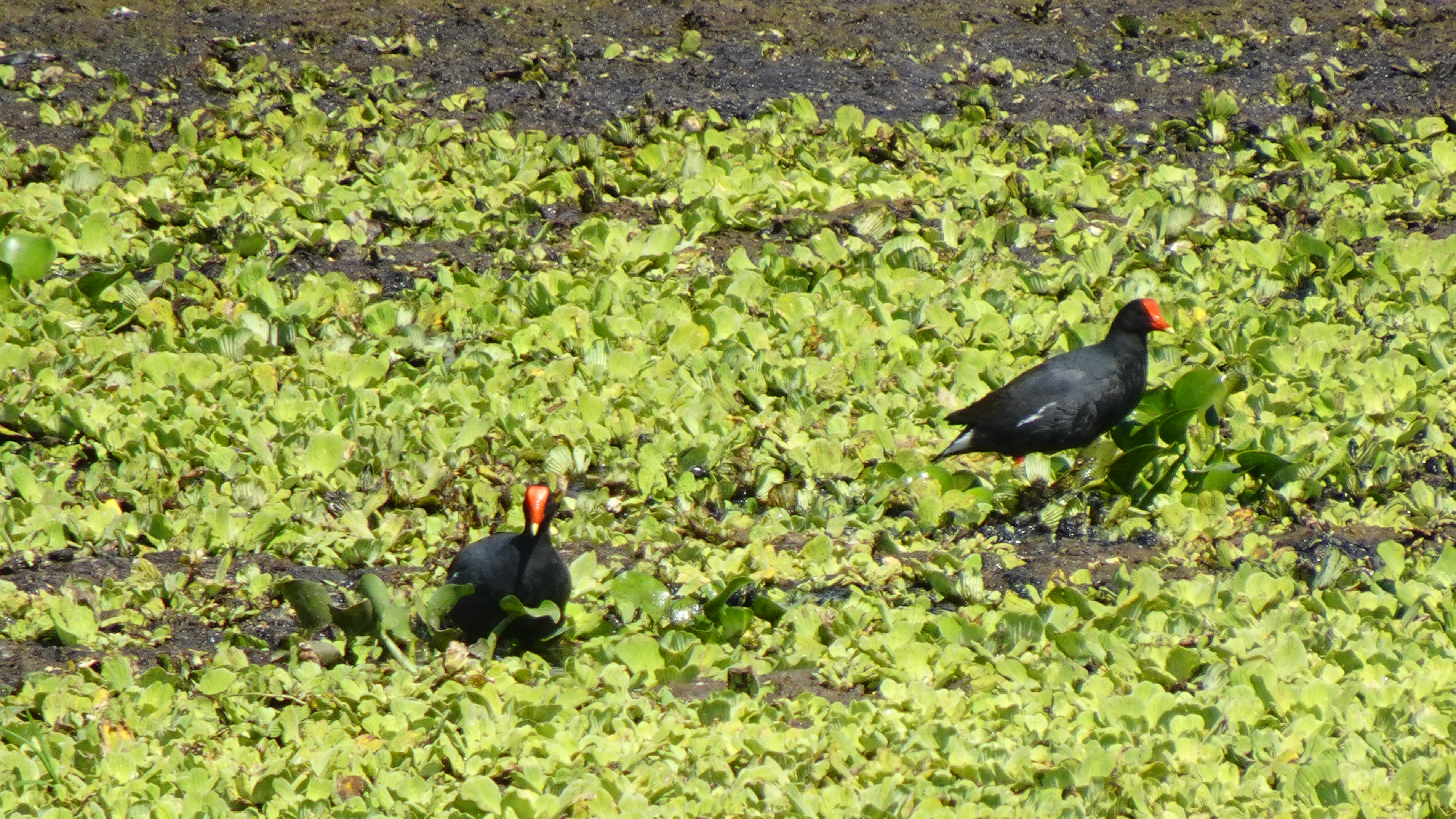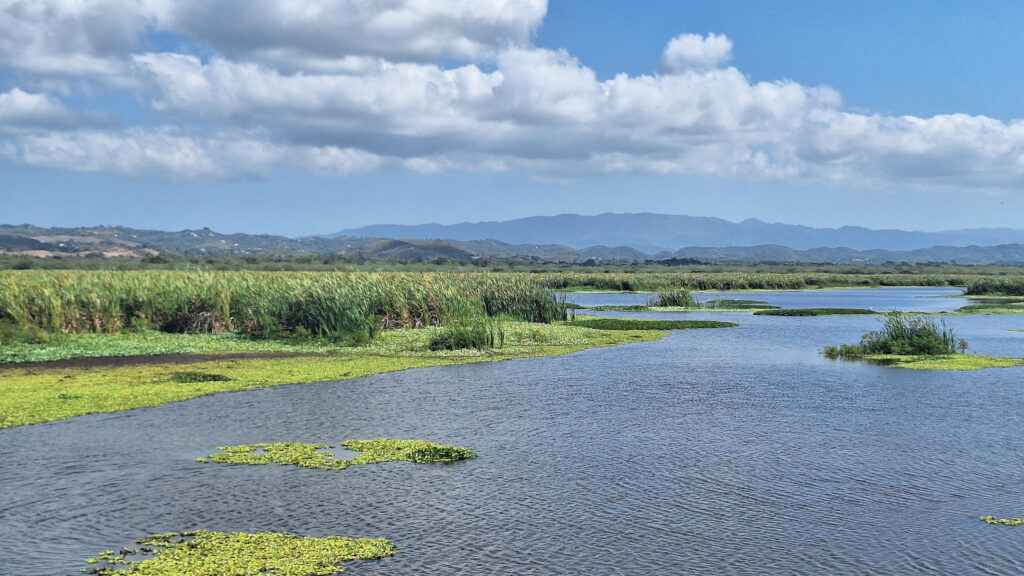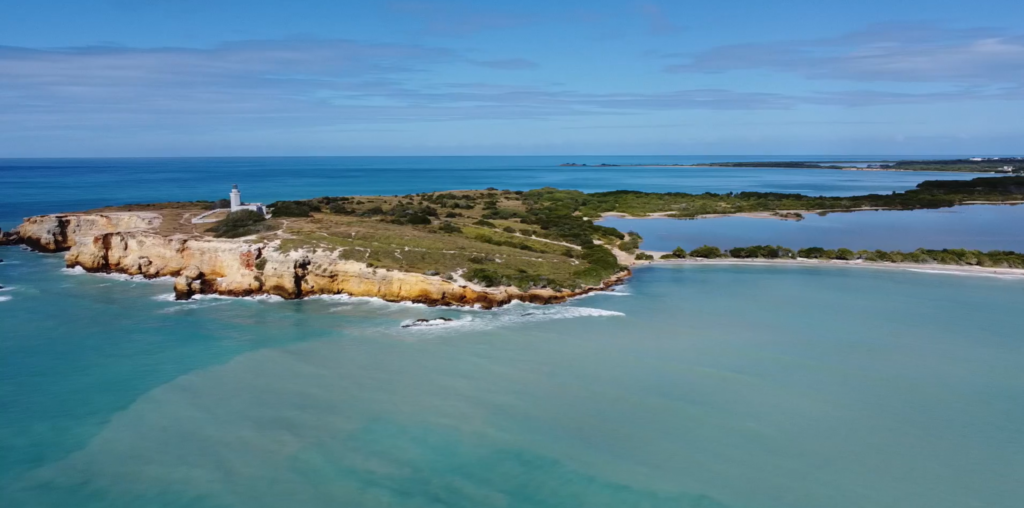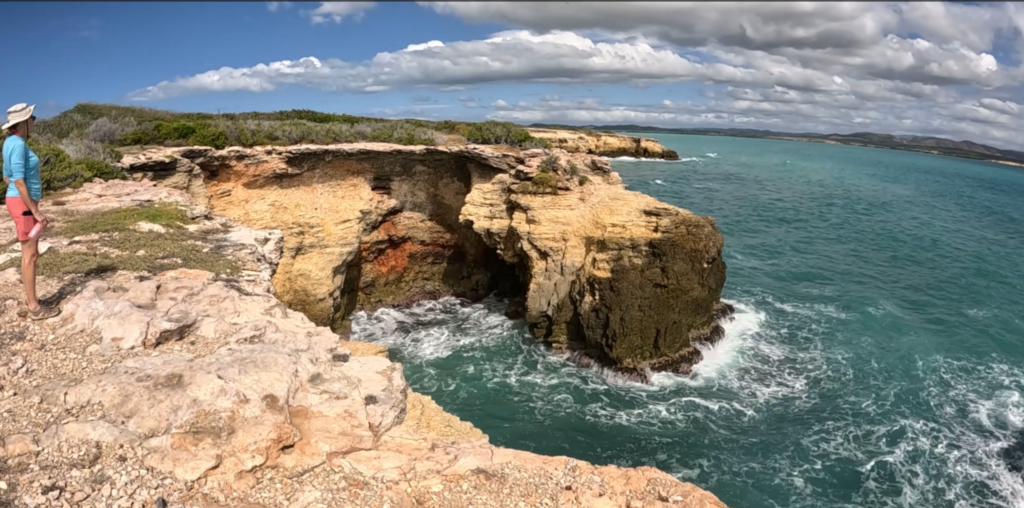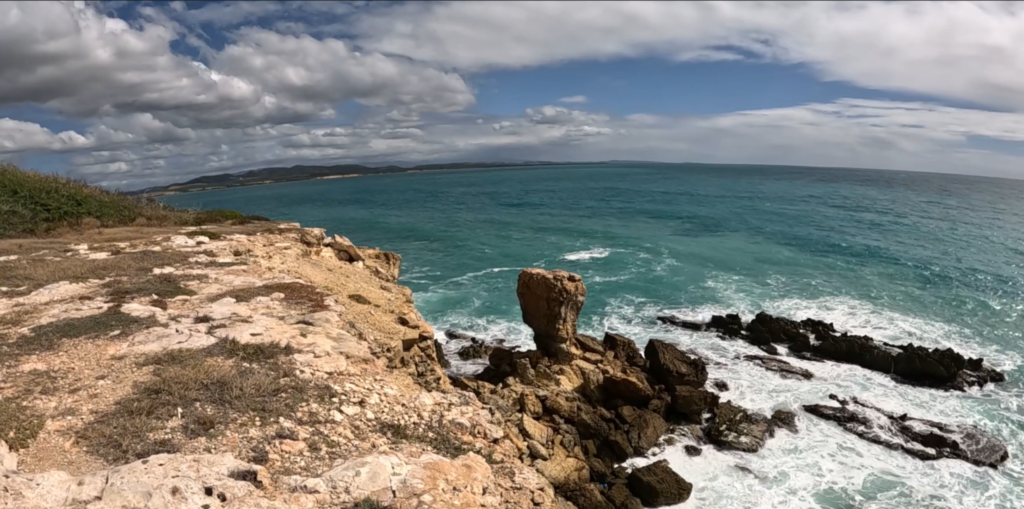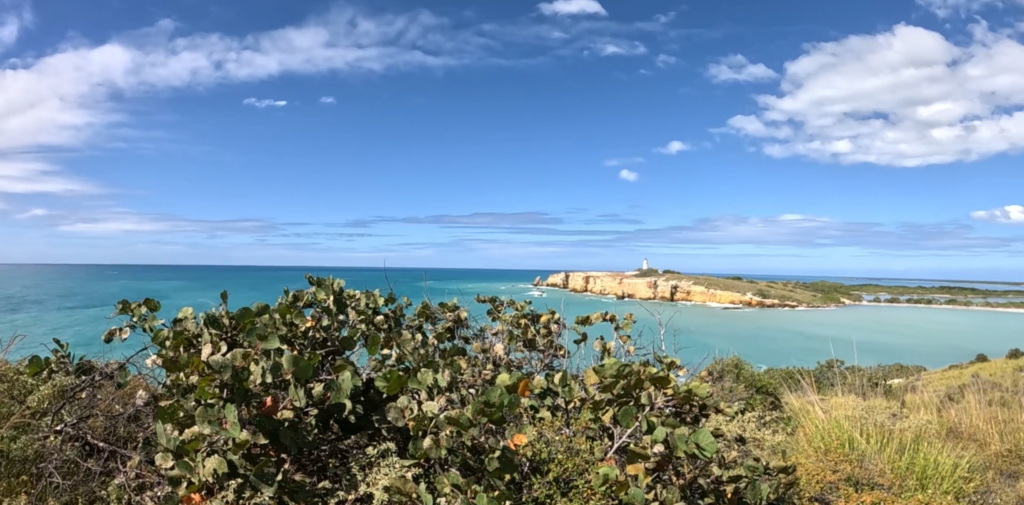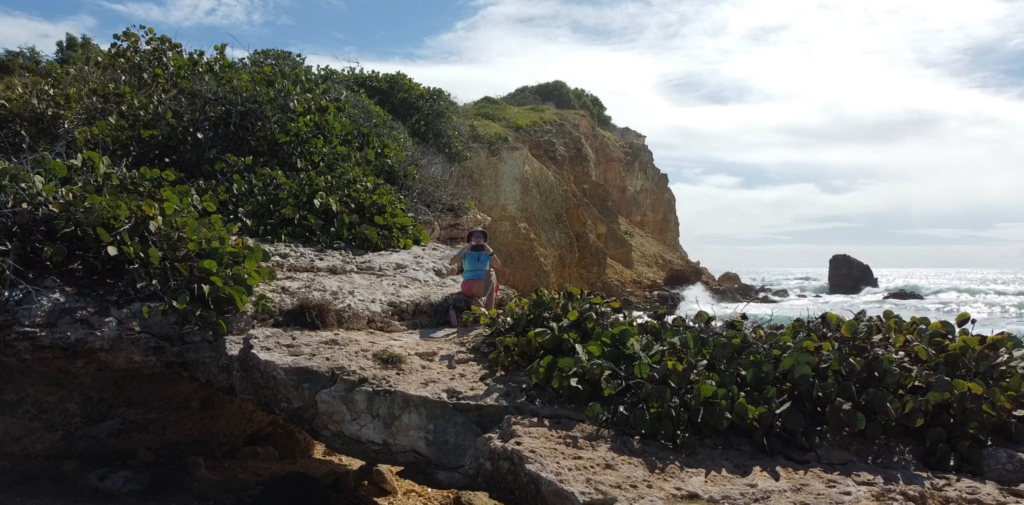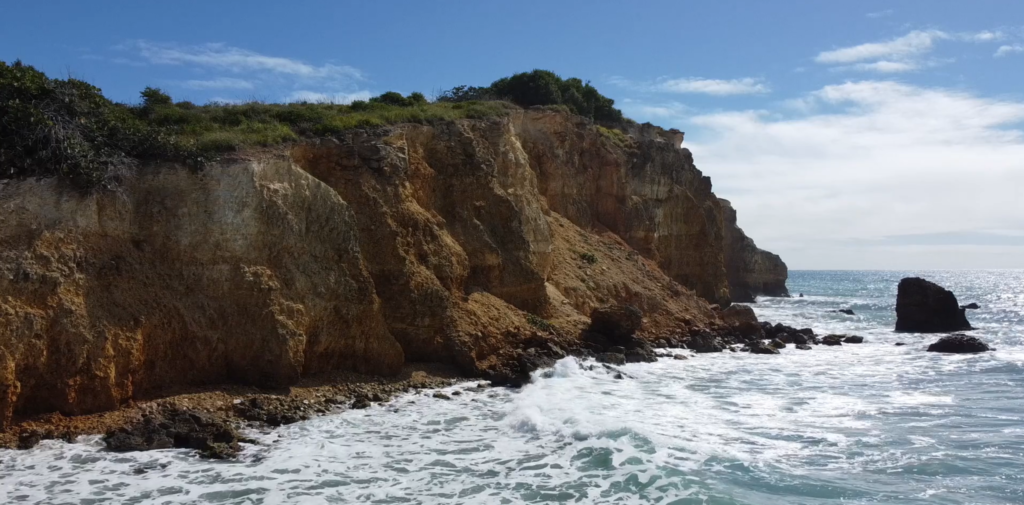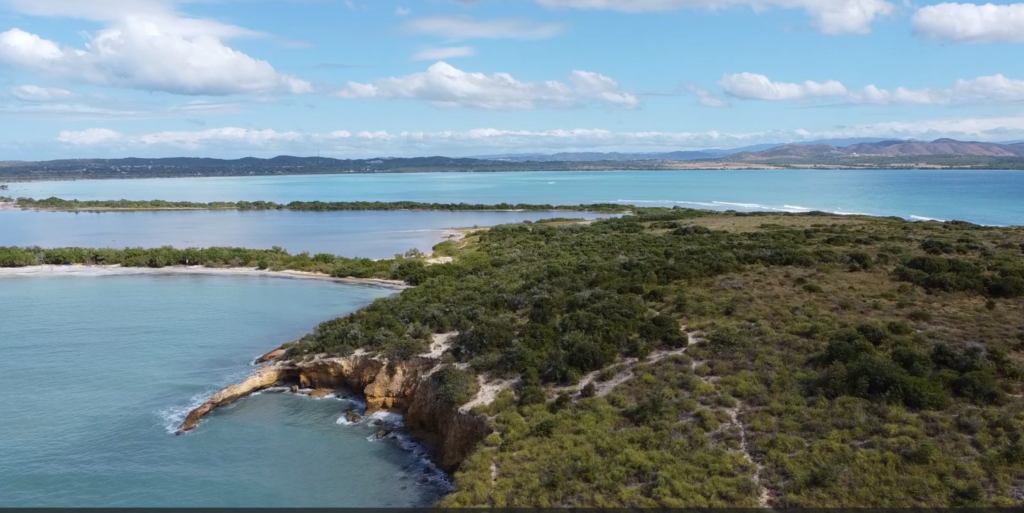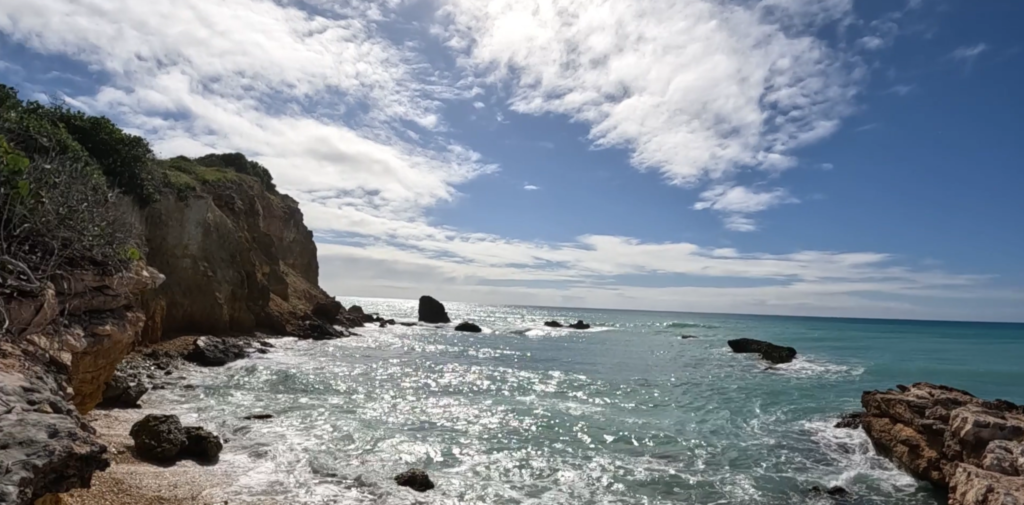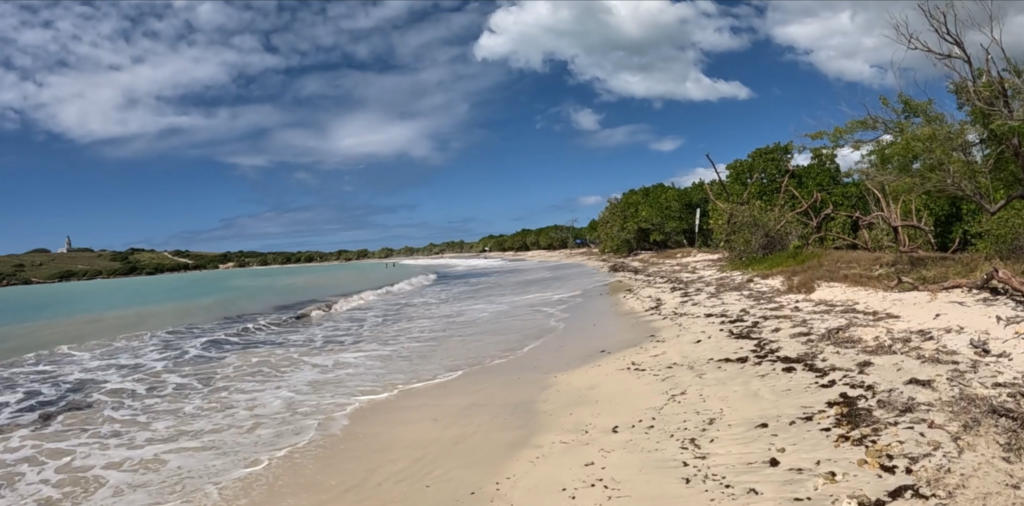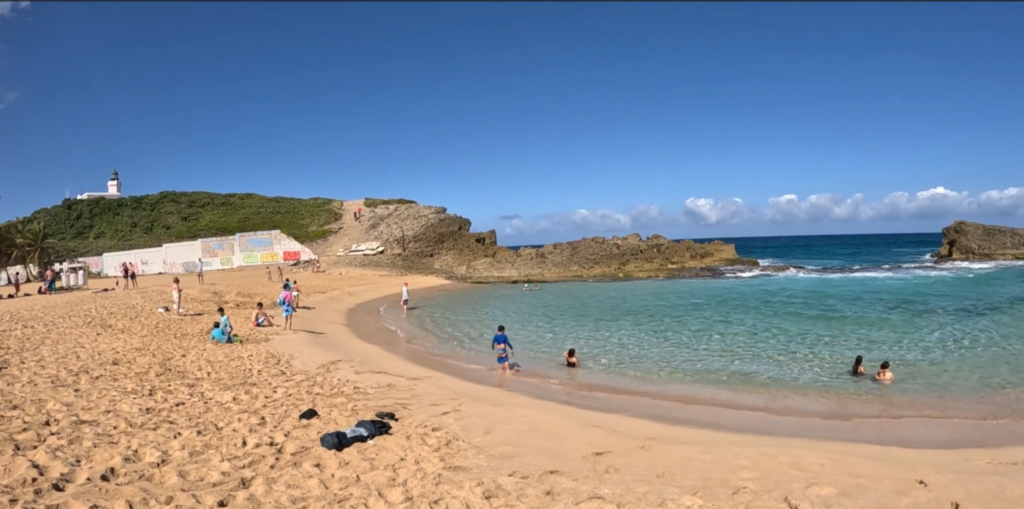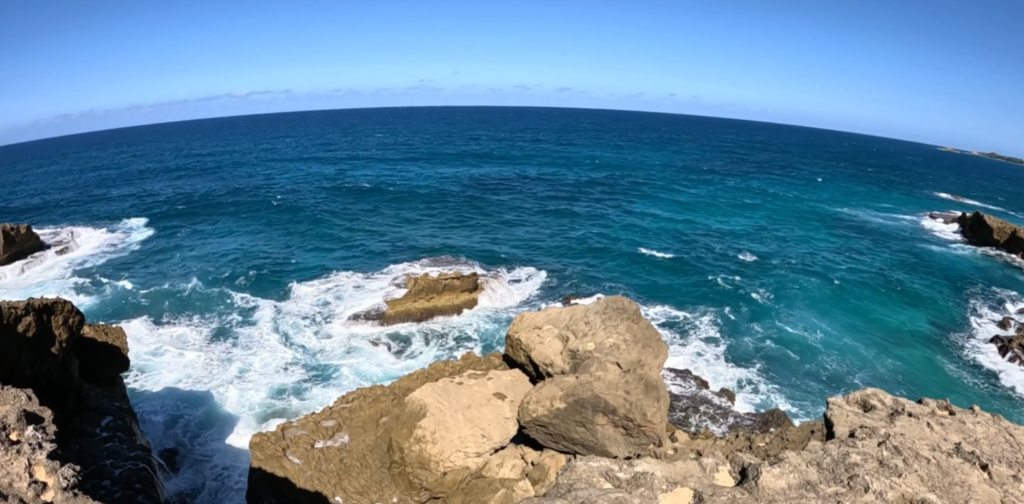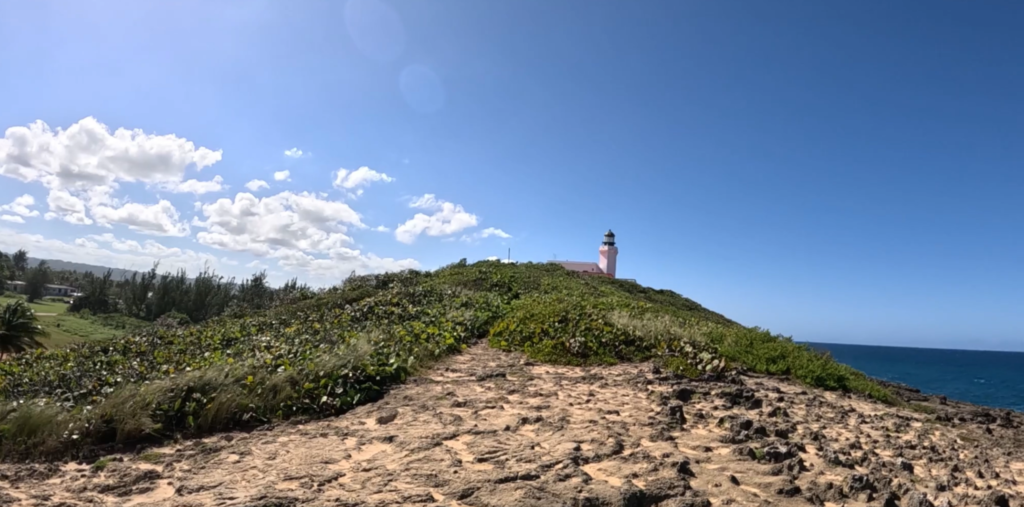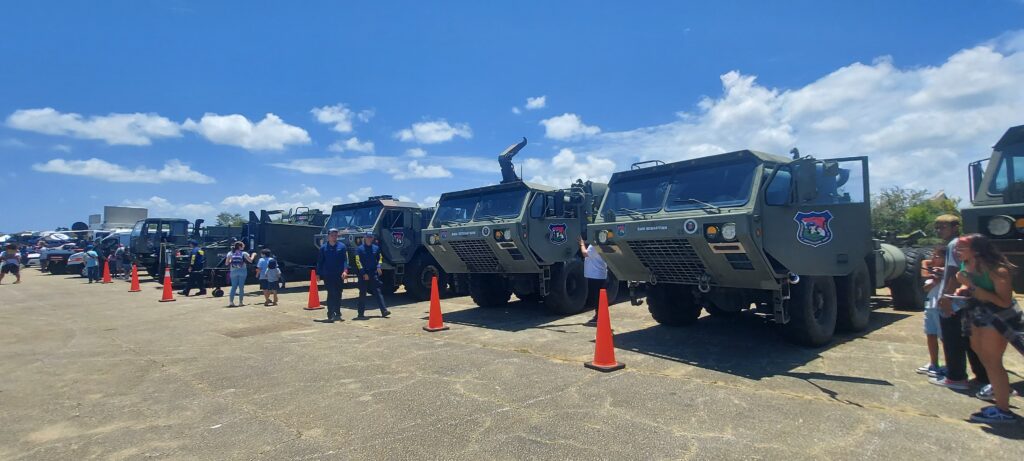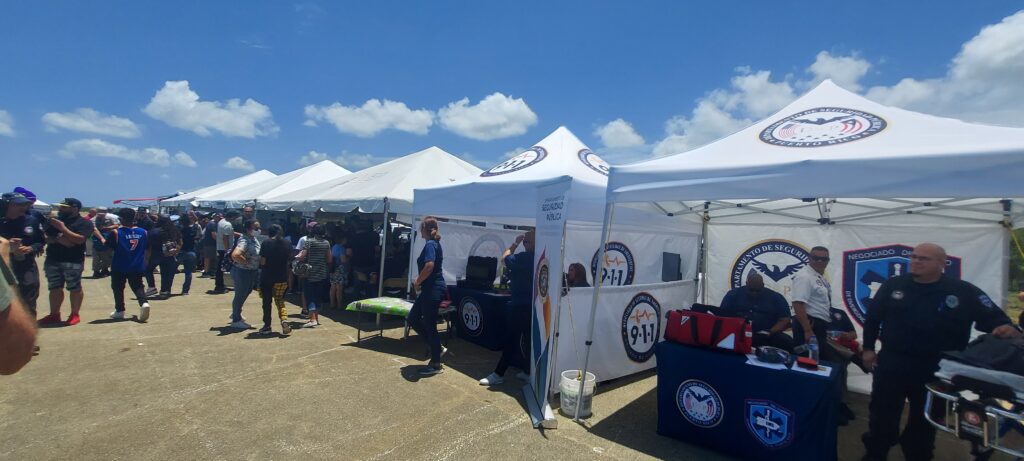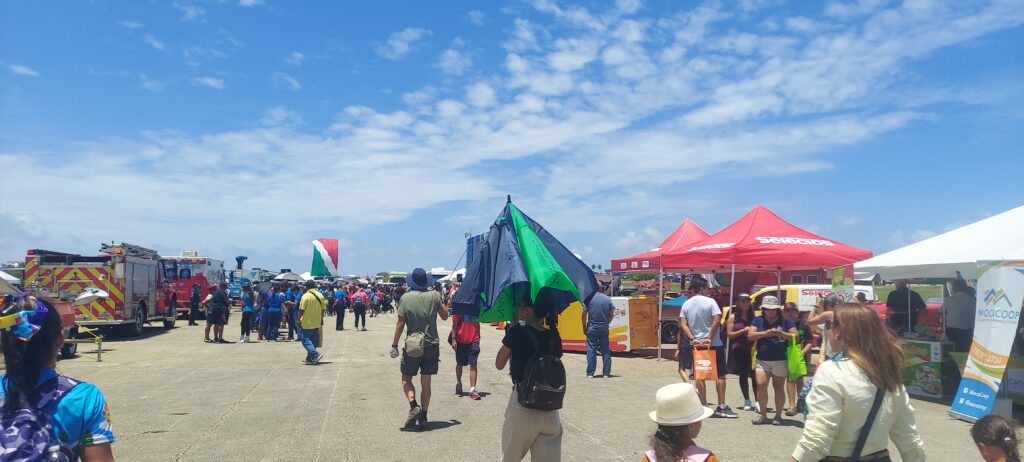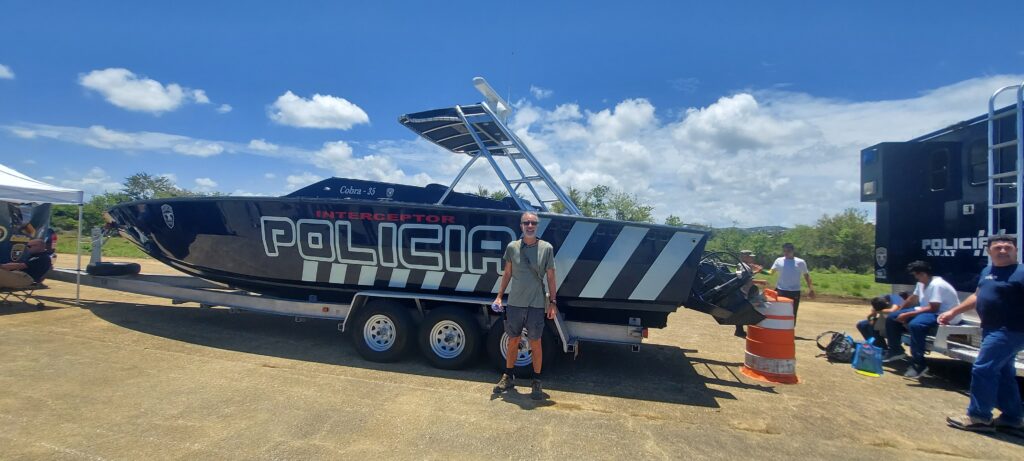Looking for serenity? Or a party? Depending on the day, you can find either at La Playita, one of our favorite local beaches. La Playita, found at the end of a dirt road tucked among the mangroves near Puerto Real, is just a mile or two from our home in Cabo Rojo.
The beach can be completely deserted, offering a serenity that’s hard to find anywhere else. But a holiday weekend can bring entire families partying for the day, and even overnight campers, though there are no facilities.
This picturesque stretch of white sand offers shallow waters, palm trees, and mangroves. You’ll see fish and even rays jumping out of the water, pelicans flying by, and sand crabs scurrying around. Unfortunately, you will also encounter some trash, and maybe meet a stray dog or two. People park their cars right on the beach, so it’s not a bad place for people with accessibility issues. The water is calm, warm, and fairly shallow – perfect for swimming, splashing, lounging in the water sipping a drink, fishing, or kayaking.
Photos
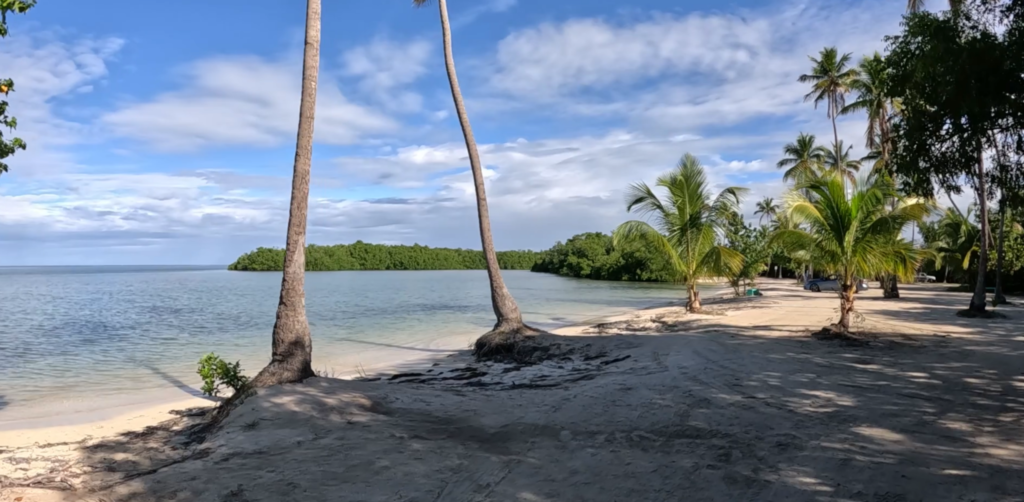
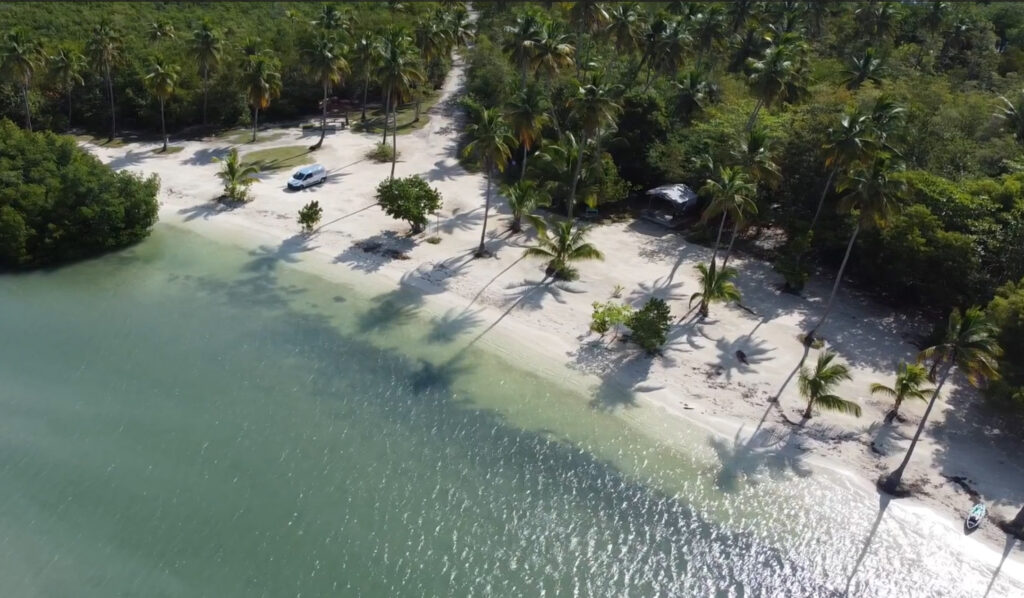
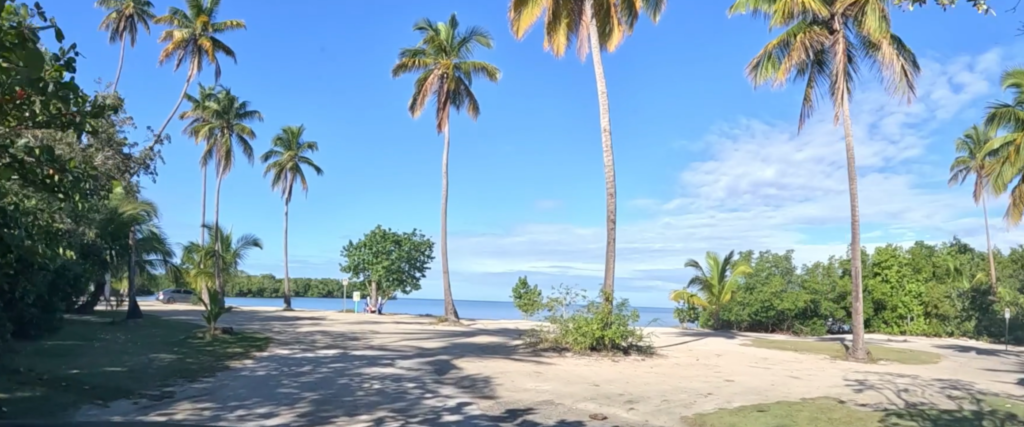
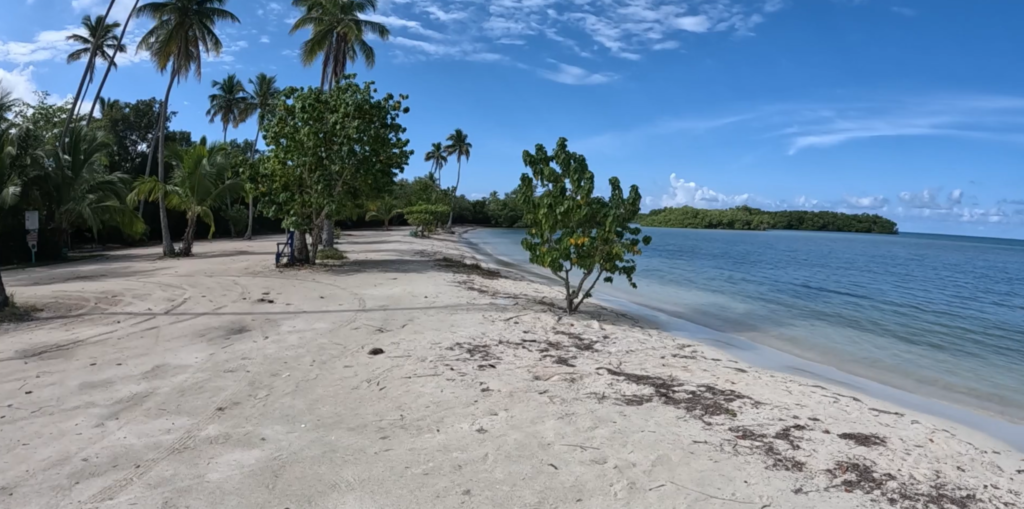
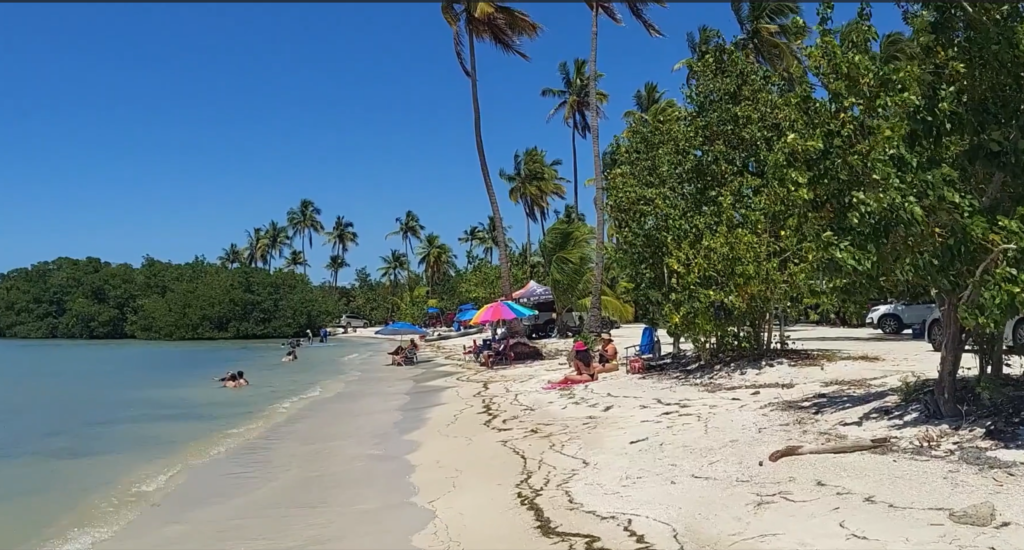
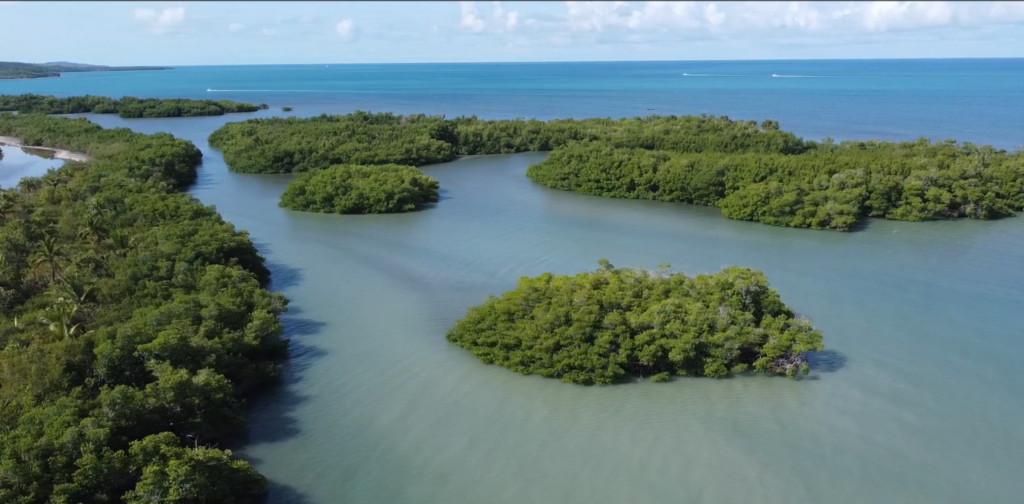

So grab your beach chairs, pack a cooler with drinks and some frozen Gasolinas (party in a pouch!), stop into Mercado’s Bakery to get sandwiches and chips and use the bathroom– remember, no facilities – and settle on in under a sea grape tree with a good book. Enjoy!


